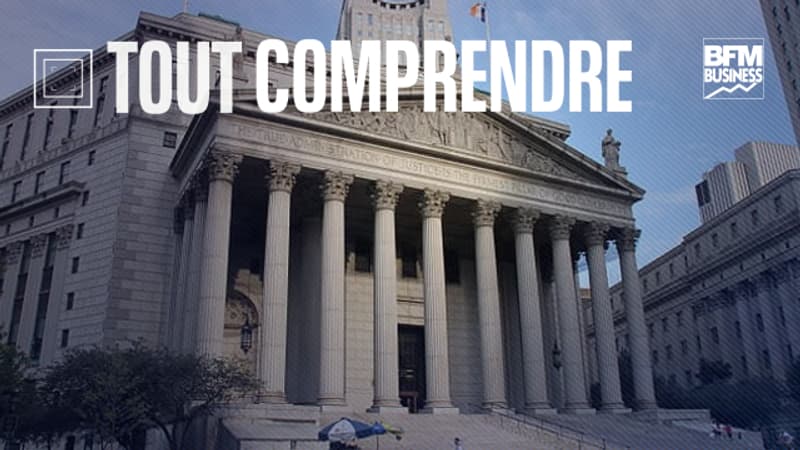Two days that will cause some tremors in Silicon Valley. On Tuesday and Wednesday, the US Supreme Court is considering “section 230,” a law that has governed the Internet for a quarter of a century. Tech&Co takes stock of the problems.
· What is “Section 230”?
“Section 230” is actually a section of US law (the Communications Decency Act), which entered into force in 1996. Specifically, this article offers legal immunity to websites with respect to content published by their users.
Pillar of the sacrosanct freedom of expression on the web, this article declares that the platforms are not considered as publishers and therefore are not criminally responsible for everything that is found there. This was valid at the time for forums, classified sites or even pornographic content that was beginning to reach the Internet at that time.
This section 230 was also a way of protecting the web industry, in its infancy, against cascading lawsuits that would have killed early root companies.
Today, this law allows sites, and especially social networks, to escape justice if they host illegal content, with a few exceptions: prostitution-related content, pirated content, and violations of federal criminal law.
Section 230 actually offers a lot of leeway, which also allows platforms to remove content they deem inappropriate, even if it’s not legally prohibited in the United States.
· Why is this law so divisive?
In the fractured American society, this article has become a central issue and brings together as many detractors or supporters from the left as from the right: major element of freedom of expression or blank check for social networks? Promise of economic stability or unconditional power given to the tech giants?
Since 1996, many have tried to challenge this text, starting with former President Donald Trump in 2020 through an order to allow political parties to hold platforms to account. It will be revoked a year later by Joe Biden.
However, more and more voices are being raised in favor of updating this article voted for a quarter of a century ago. Mark Zuckerberg, head of Facebook, and Jack Dorsey, former CEO of Twitter, had also been in favor of a review, during their appearance before the US Congress in 2021.
· Why does Section 230 go to the Supreme Court?
On Tuesday and Wednesday, the US Supreme Court will focus on two separate cases that could lead to a review of the law. So far, she had refused to investigate the matter.
In the first case, it is a complaint from the relatives of an American woman killed in the Bataclan attack in 2015. They accuse YouTube (a subsidiary of Alphabet, parent company of Google) of having suggested, through its algorithm, videos of promotion of the Islamic State. and thus supported the growth of the terrorist group. For them, the use of an algorithm gives Google an editorial role, which the company denies.
The Supreme Court will take a closer look on Wednesday at the case of a victim of an attack on an Istanbul nightclub on January 1, 2017. An appeals court had ruled that Twitter could be considered an “accomplice”, criticizing the lack of efforts “vigorous”. by the platform to clean up terrorist content. This time, it was Twitter that took the case to the Supreme Court.
Decisions must be made before June 30.
Source: BFM TV


